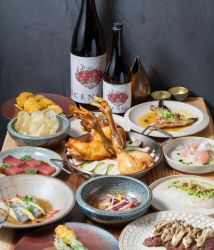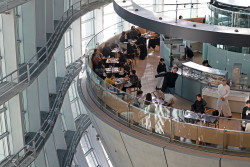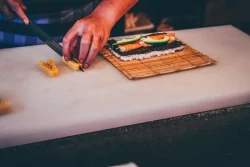
Originally published on metropolis.co.jp on February 2013
MATCHLESS

Regarding “On The Shelf” (The Last Word, Jan 31): “But a large proportion of them still choose an omiai (matchmaking) marriage…” Really? I’ve never heard this as still being common today. Any source for this info? Surely more relevant to mention here is konkatsu (marriage activity) services. These are kind of the contemporary version of omiai. I also think the Christmas cake label for girls over 25 is quite out-of-date now. I have no proof for this, but it feels like the kind of thing you might have heard two decades ago, not now. Perhaps some Japanese readers will have more substantial insights.—Bill
I’m a Japanese housewife born in 1951. I got married almost 40 years ago. In those days the word “Christmas cake” was popular among young women around [the age of] 20. 25 was the limit for girls! Everybody talked about a single girl living with her family and wondered why she wasn’t married. I did omiai and met my husband at age 22. Those days were like that but I wonder if at present Japanese girls even know the meaning of “Christmas cake”. Actually I often ask some girls. Most of them seem very confused. Also, it’s interesting that Japanese people eat something like a Christmas cake that is made at a cake shop (they don’t make their own but often go to a shop to buy). I think this is a unique part of Japanese culture…—Hisako
DOWNTOWN EATS
Regarding “Old-School Asakusa” (Local Flavors, Jan 18): Another shitamachi classic is the shokudo, or diner, and Asakusa has plenty of them. Tokiwa Shokudo, two doors down from the Kaminarimon entrance to Sensoji temple, is one (recently renovated, too). Another, near the Asakusa Rox complex, is the classic Mizuguchi Shokudo, famous for its iburi buta, or pan-fried pork with onions in a spicy catsup sauce.—shirokumatokyo
Regarding “The Best of Koenji” (Local Flavors, Dec 31, 2012): Bake Crowns best burger in Koenji? You guys are trippin’! Go to Fatz’s and have a real burger!—Andy Richter
NICE GAMANS
Regarding “Art of Gaman” (Art, Nov 20, 2012): In WW2 many lampshades were made from inmates’ skin (Nazi) and the inmate death rate was higher than soldiers at the frontline (Siberia gulag). But, in the “Gaman” camps inmates could have free time to produce their own art and even got compensation. It’s unbelievable. Last December Japan’s Emperor and Empress appreciated their art at the University Art Museum.—Tatsuro Shinomiya
TRAVELIN’ MAN
I’m really looking forward to traveling to Japan this year, I was thinking in September. What can you tell me about the weather, festivals, special events, and that kind of stuff? Thanks.—Dan Lopez
[Dan, please browse our website (http://metropolis.co.jp) or our sister website Japan Tourist—Eds]







